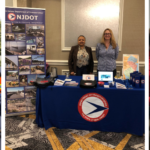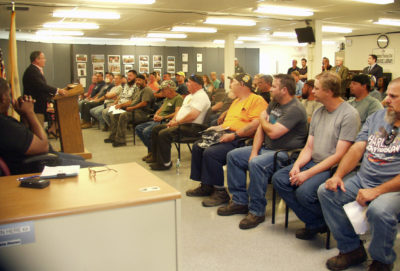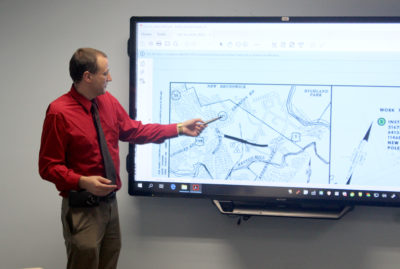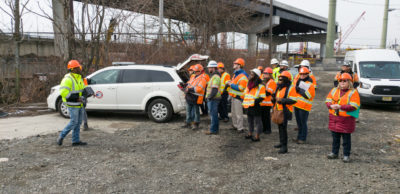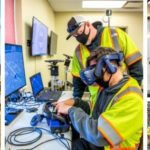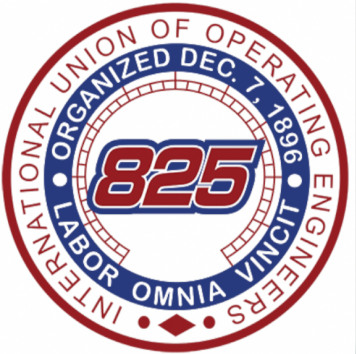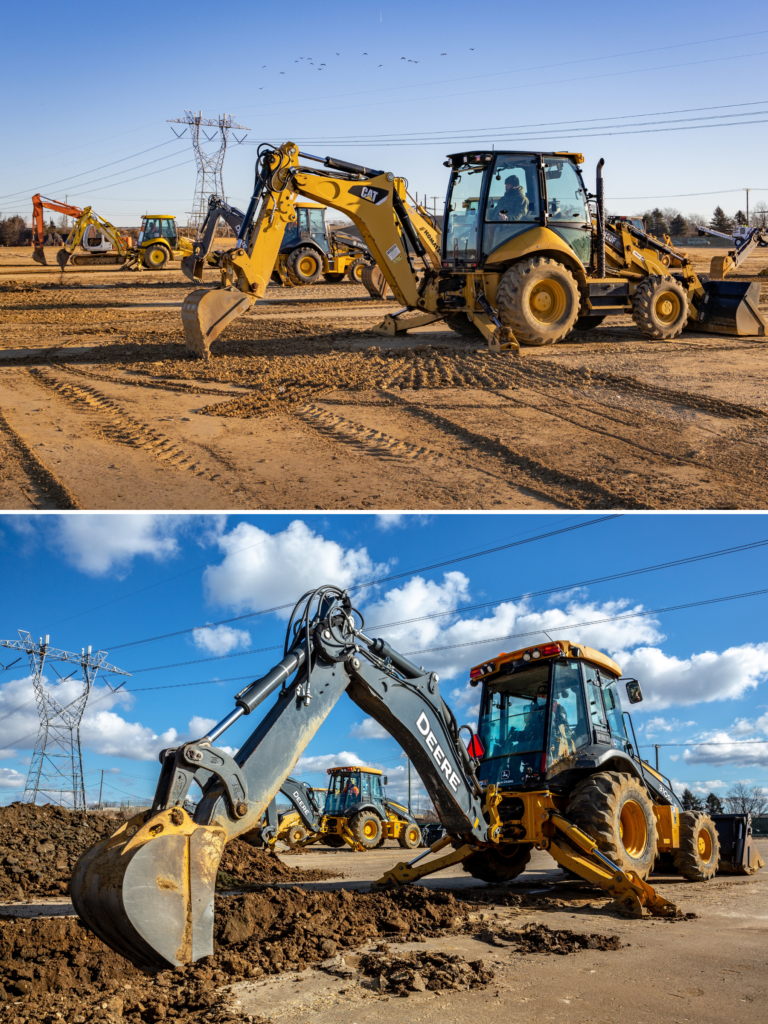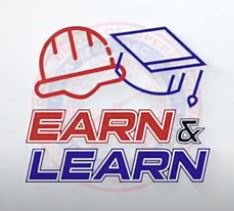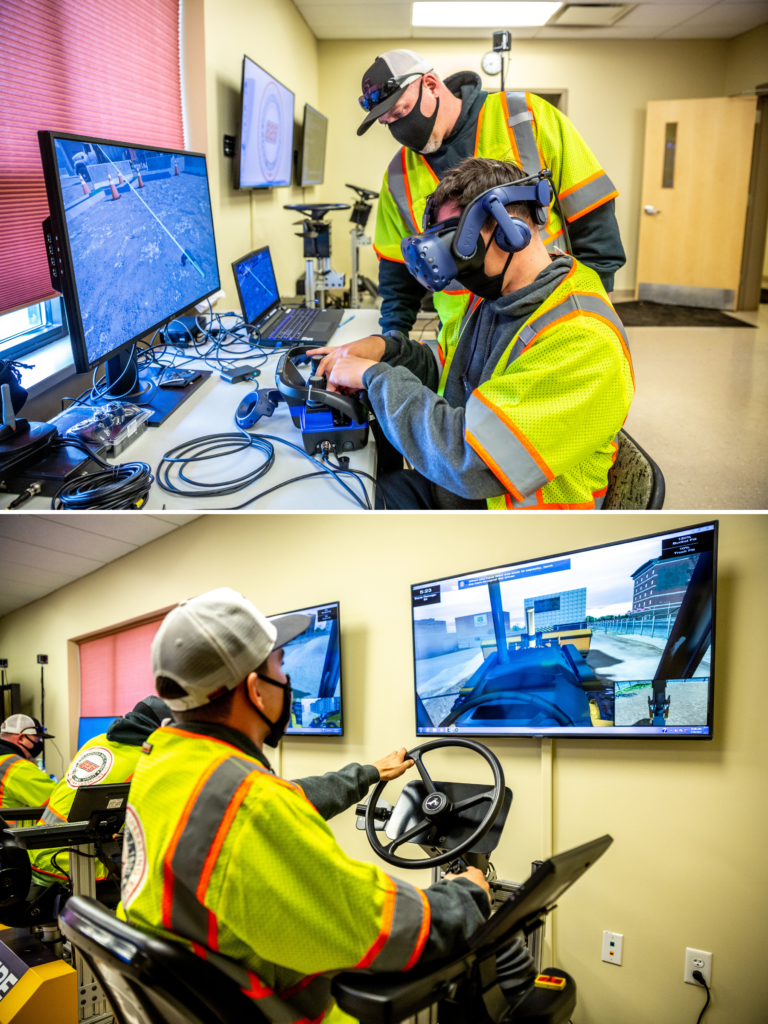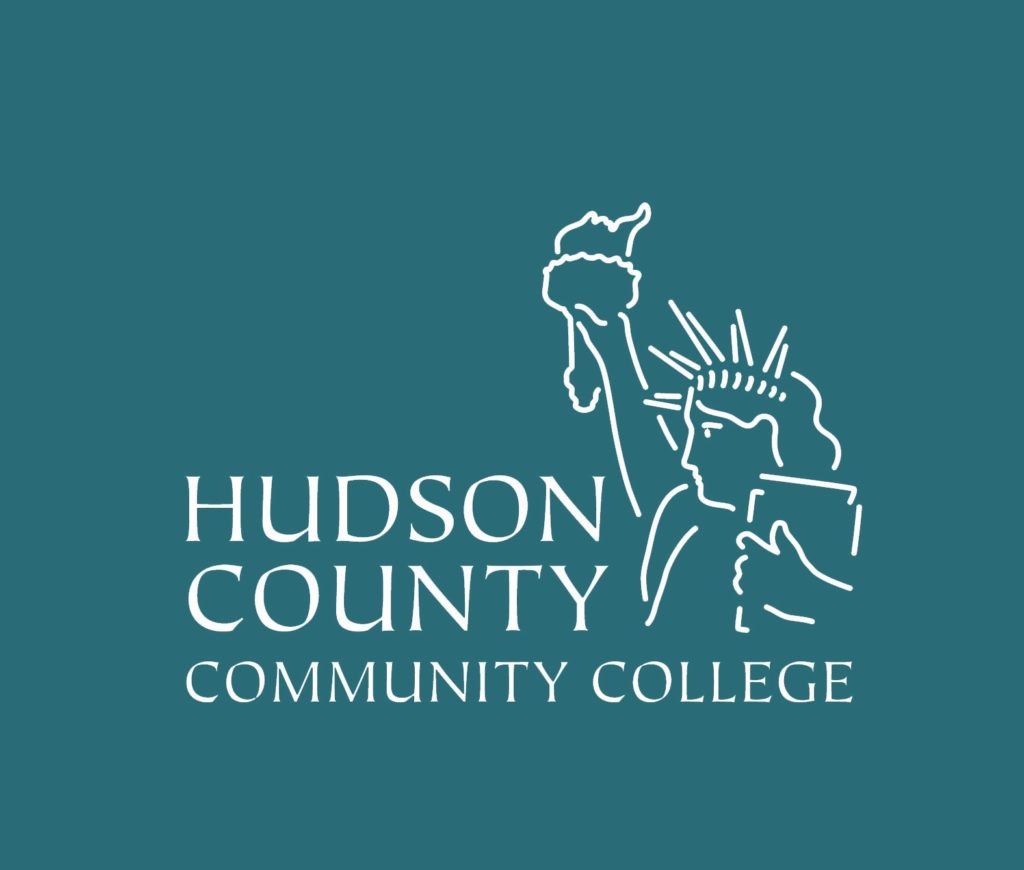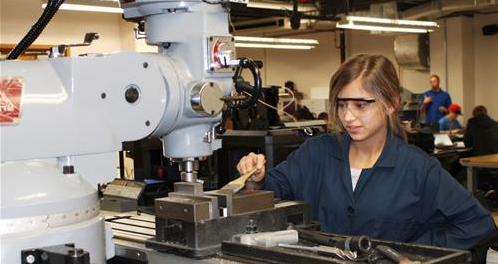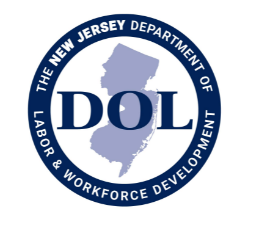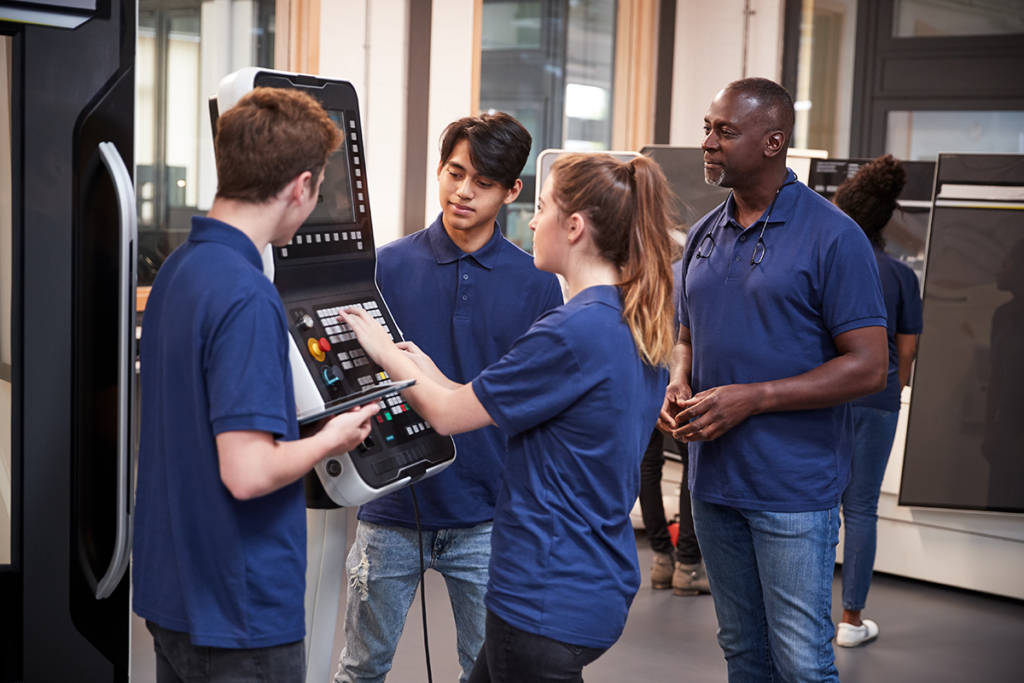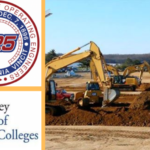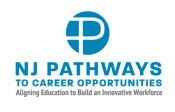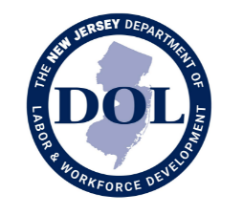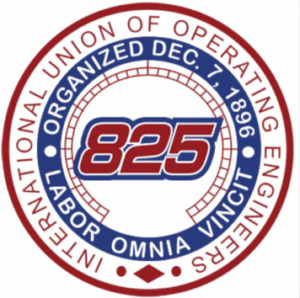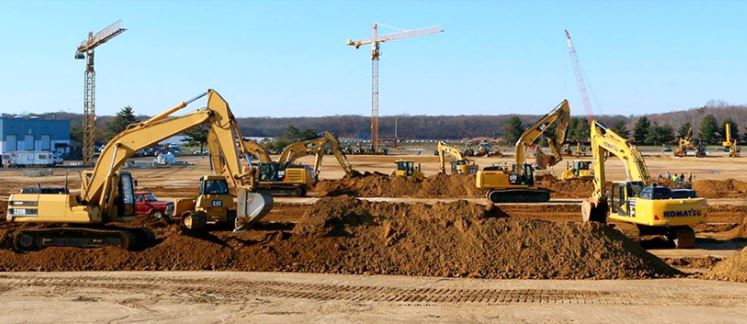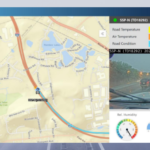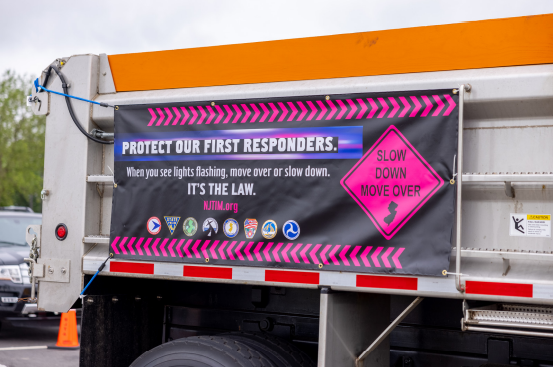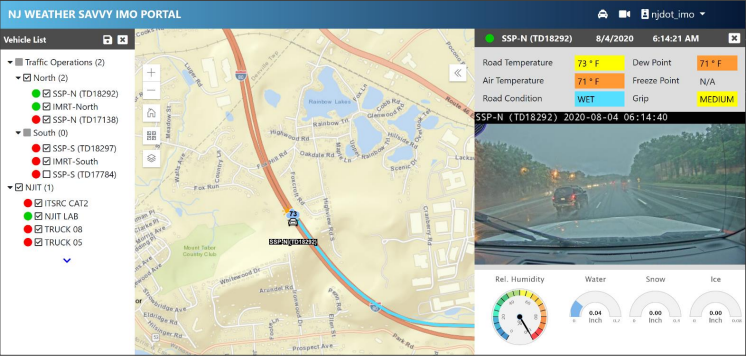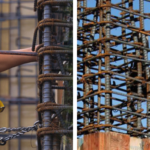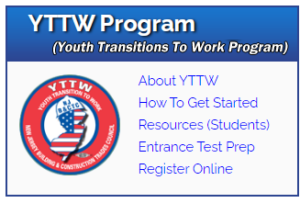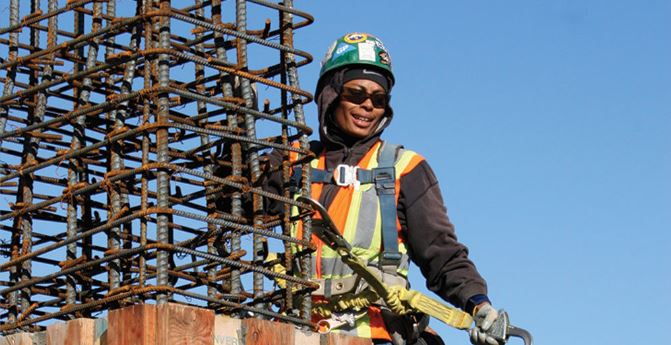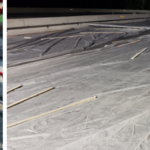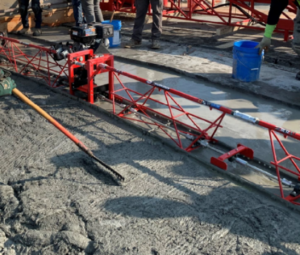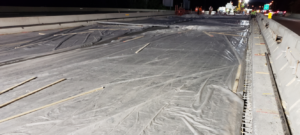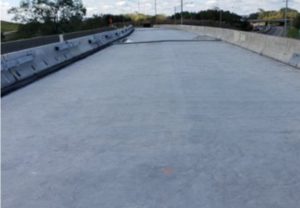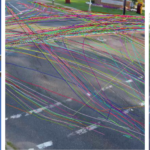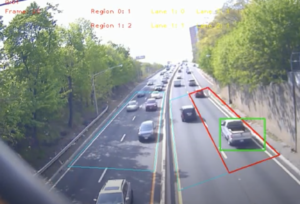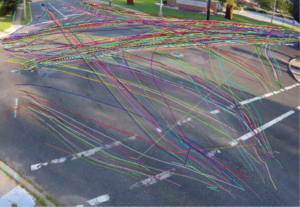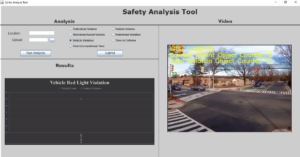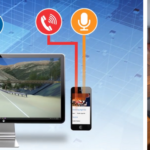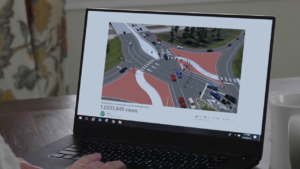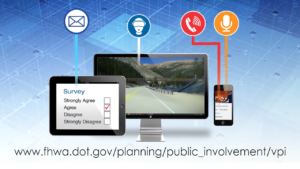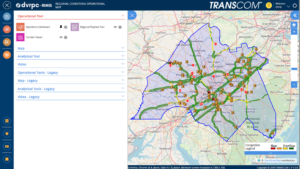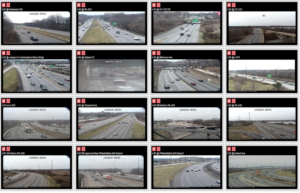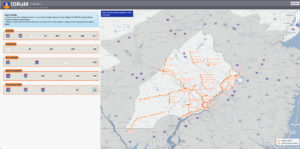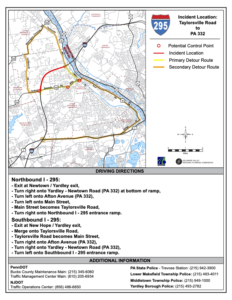
FHWA is promoting Strategic Workforce Development in highway maintenance, construction and operations.
Strategic Workforce Development, an FHWA Every Day Counts (EDC) Round 6 innovative initiative, anticipates collaboration between government agencies, trade organizations, private agencies and communities to prepare individuals for the construction workforce. The demand for workers in highway maintenance, construction and operations is growing, as is the demand for new skill sets required for work with emerging technologies. An important element of this initiative is the recruitment and retention of women and minorities in the construction sector. Through on-the-job training and supportive services program, NJDOT is exploring ways to work with contractors, contracting associations, and unions on shaping their future workforces, including programs aimed at increasing representation of women, minorities, and other disadvantaged populations in the construction and operations workforce.
We spoke with Kelly Hutchinson, Director, Human Resources at NJDOT about ongoing and planned workforce development initiatives at NJDOT.
Workforce Development at NJDOT
Q. We know that NJDOT engages in a variety of innovative programs to attract and retain your workforce. Could you update us on the status of some of these programs?
Operations Apprenticeship Program
This program began in 2015 to provide consistent training and skills for workers in Highway Operations and to establish a path to advancement and has focused on developing a job title structure and staffing profile for participants as well as both on-the-job and classroom training. We are still promoting the program and trying to get our numbers where we want them to be. We will be testing our third of four groups of mid-level individuals at the end of April 2022.
NJ Supervisory Training Empowering Performance (STEP) Training
This program is focused on teaching management skills and several hundred NJDOT employees have completed this very beneficial initiative. The Civil Service Commission provides this training, which has been on hiatus due to the COVID-19 pandemic as instructors prefer in-person classes. We offer a two-day, in-house training on DOT-specific supervisory issues like the supervisor’s role in promoting staff, leaves of absence, working test periods, performance assessment reviews (PARS) and discipline to build on what participants learn in STEP, but we may opt to offer this in-house training first if there is an ongoing delay in STEP availability. We have a lot of new staff advancing to supervisory and managerial roles who could benefit from this training. We would also bring in small groups from this supervisory cohort to participate in and benefit from a few Lunch & Learn sessions. In the past, these smaller group sessions have been very helpful for sharing experiences.
Leadership Academy
This is a Transportation specific Leadership Academy that focuses on the importance of soft skills related to management. In April, the NJ Turnpike Authority will be hosting this program locally with instruction from Dr. Tom DeCoster. Many of our manager-level and future directors will be attending, along with staff from NJ TRANSIT and the Turnpike Authority.
Skill Enhancement for Clerical and Administrative Professionals (SECAP)
This program was originally focused on skill enhancement for staff in clerical positions. Now, more individuals are being hired to fill administrative professional roles, rather than the traditional clerical roles. Persons with technical capabilities, such as policy writing and budget preparation, are filling these roles. In response, we are considering revamping this program to best support the needed skill sets related to these positions.
Administrative College
This program is ongoing and focuses on offering courses on topics such as financial wellness, mental and physical health, and technical skills that can be mastered in a couple of hours. We conducted a survey pre-pandemic to identify what our employees wanted in Administrative College courses.
Promotion of Asst. Engineers to Senior Engineers
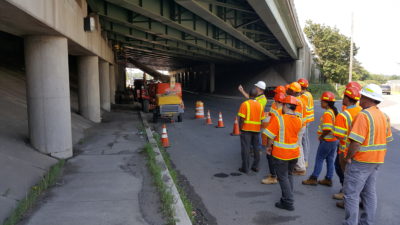
NJDOT engineers participate in on-site training as part of a program that moves individuals from journey level to mid-level positions.
This effort was initiated about seven years ago and we have continued the practice, adding programs for most journey level professional titles in Human Resources, Budget, Planning, Accounting, and Information Technology. When participants have completed one year past their initial training and have been in their journeyman title for two years, management determines whether they are performing higher level work and have mastered the technical skills to be considered a technical expert in the particular area. After three years, they may be considered for reclassification. Management makes recommendations and provides written justifications to advance persons based on established criteria and must describe why they are recommending an individual, or why they are not. HR ensures that each individual has completed enough time in the title and gives a provisional appointment, but the candidate needs to pass the Civil Service exam to confirm their promotion.
This effort reflects both a retention strategy and a strategy to help bridge the supervisory gap resulting from retirements.
Succession Planning
Moving forward, NJDOT succession planning training and development will likely be less formalized than the previous NJDOT program. In this former program, participants were selected through an application process, which, in my opinion, may not have been ideal for all employees. Training and development should happen daily, at all levels, and should not be programmed by Human Resources. We are looking to promote parity, transparency and equity through the training programs we just spoke about. Our Leadership Academy and STEP program help workers to advance and instruct supervisors on how to support training and development of all employees. We are depending on management and senior leadership to work on a smaller scale. We want to provide the same level of opportunity to everyone and see who rises to the occasion.
Q. In a presentation to NJ STIC last June, former NJDOT Human Resources Director Michele Shapiro noted that you would be working on trainings for both the Construction Inspectors Apprenticeship program and the Engineering Technician Apprenticeship program. What is the status of these new programs? Do you anticipate developing similar programs for other job titles?
We have the new titles in place, but we do not have the formalized training program developed yet. I have spoken with Asst. Commissioner Snehal Patel and we will be collaborating with the Construction Director to start building the program this summer. Our plan is to update the existing 10-module program for the Resident Engineer Construction Inspectors to adapt to the Apprenticeship program.
Q. We had heard of the possible expansion of experience-based hiring. Are there any updates to this initiative?
Automotive and Electrical Mechanics would be the titles we are considering for a possible formalized program. There are trainees now but we don’t have a formal program. With all the advances in technology, we would like to find a community college partner to provide training and build a title structure based on the new technologies and see if it would increase the salary determination. We have trouble competing with private industries for candidates from these two trades. We are continuing efforts to receive approval for the program from Civil Service but effort was halted with the pandemic.
Q. Does NJDOT have plans to offer internships or similar positions?
We have a Summer Student program called Temporary Employment Services primarily targeted to professional titles. We do not refer to the program as an internship because participants are paid but do not earn academic credit. Typically, we accept rising college seniors, but if applications are light in a given cycle, we sometimes accept sophomores and freshmen as well. Pre-pandemic, it was a great pipeline for permanent positions with the department. In 2019, we had 55 students in the program, paid $20/hour, and 20 percent were hired for full-time positions with NJDOT. With our late start this year, we will have 20 participants. Some may stay with us into the school year, working part-time up to 944 hours per year as permitted by Civil Service.
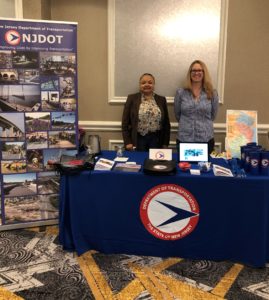
NJDOT Human Resources staff attend career fairs to raise awareness of rewarding jobs in transportation.
The program is beneficial to participants as they receive work experience while earning wages. We recruit candidates via virtual and in-person career fairs, partnerships with alumni of the program and community organizations, campus organizations and using Handshake (an app that connects students on college campuses with open positions, mainly internships and entry level jobs). When we meet with students and other prospective hires, we focus on communicating how NJDOT offers dynamic, interesting, rewarding, and purposeful career opportunities.
Our talent acquisition team facilitates recruitment efforts and includes a diverse group of DOT subject matter experts in addition to our Human Resource representatives. Specifically, members of the team reflect a diversity of ages, genders, races/ethnicities, and career stages. Some are alumni of the Temporary Employment Services program. Also important, team member subject matter expertise varies (e.g., structural, environmental). We have found success with the talent acquisition team as members make personal connections with candidates as they discuss their roles at DOT and opportunities with the department.
Developing the Highway Construction Workforce
Q. There seems to be a lack of awareness – especially among women and minority persons – about jobs/careers in the highway construction industry. Do you know of programs that have been effective at building awareness of job opportunities in transportation in New Jersey?
To recruit a diverse workforce, NJDOT Human Resources focuses on forging relationships with community organizations such as the Society for Hispanic Engineers, Society for African American engineers, Asian American engineers, LGBTQ+, and STEM programs. We use LinkedIn a great deal to target engineers and collaborate with New Jersey Youth Corps to spread the word on career opportunities at NJDOT.
We also successfully partnered with the Trenton Soup Kitchen, working with job specialists to inform those accessing the kitchen about construction apprenticeships and Highway Operations Tech positions. We have partnered with the National High School Guidance Counselors Association for New Jersey and were able to post in their newsletter about job opportunities that do not require experience via our highway operations tech program.
In 2019, we increased representation of African American male applicants by 93 percent for Highway Operations Tech positions. We achieved this goal by reaching out to our many community partners, with 100 African American applicants from the Trenton Soup Kitchen. Finally, we partner with the NJ Department of Labor, One-Stop offices, and attend county and other virtual and in-person job fairs.
Q. Reliable transportation and child care are often cited as roadblocks to entry into the construction sector, particularly for women and minority candidates. What strategies could help to address these issues? Are you aware of any model practices or programs to support women and minority populations looking at the highway construction trades?
We had a program for parolees several years ago that focused on identifying job opportunities for them in locations with good transportation networks, such as Jersey City and Newark.
NJDOT does offer an employee subscription van pool (pre-COVID-19) that accesses various public transit stops near DOT headquarters.
The newly announced Trenton MOVES project seeks to deploy 100 on-demand Autonomous Vehicles (AVs) throughout the state capital; when deployed, it could prove to be great service for helping people access employment opportunities.
Q. Have you worked with the NJ Council of County Colleges to look at possible programs that might advance NJDOT’s goals for workforce development? Do you work with the NJDOL Office of Apprenticeship?
We do collaborate with NJ DOL and with the One-Stops and Career Centers. However, our apprenticeships are not true apprenticeships by federal labor standards, but have similar components. Because we work with Civil Service titles, it is much more difficult for us to be recognized as an official apprenticeship program.
We also have a tuition aid and reimbursement program, at the public college rate, for employees as long as their course of study relates to transportation.
"Yes, we can work with them and are very interested in building these relationships."
Looking Ahead
Q. What strategies should be pursued to encourage more New Jerseyans to consider a career in the construction industry? Who should be leading or involved in those efforts?
Creation and implementation of an awareness campaign to highlight construction career opportunities would be helpful, as such an effort could amplify the message that you don’t have to look a certain way to work in construction. The campaign should highlight the diversity of workers and work options in the construction industry. A team of “ambassadors” comprised of local union representatives, NJDOT staff, and others can describe the different kinds of work available within construction and showcase opportunities to increase interest in the profession.
Q. There have been a number of grant funding opportunities through the Department of Labor for pre-apprenticeship and apprenticeship programs. Is NJDOT able to work with other organizations or academic institutions to build programs using these funds?
Yes, we can work with them and are very interested in building these relationships.
Resources
NJ STEP. Civil Service Commission | NJ Supervisory Training Empowering Performance (NJ STEP).
NJDOT Division of Human Resources. Current Openings & Application Process.
NJDOT Division of Human Resources. KM Toolbox: Last Lecture on Operations Apprenticeship Program. Presentation to NJ STIC, 2nd Quarter Meeting, 2021

